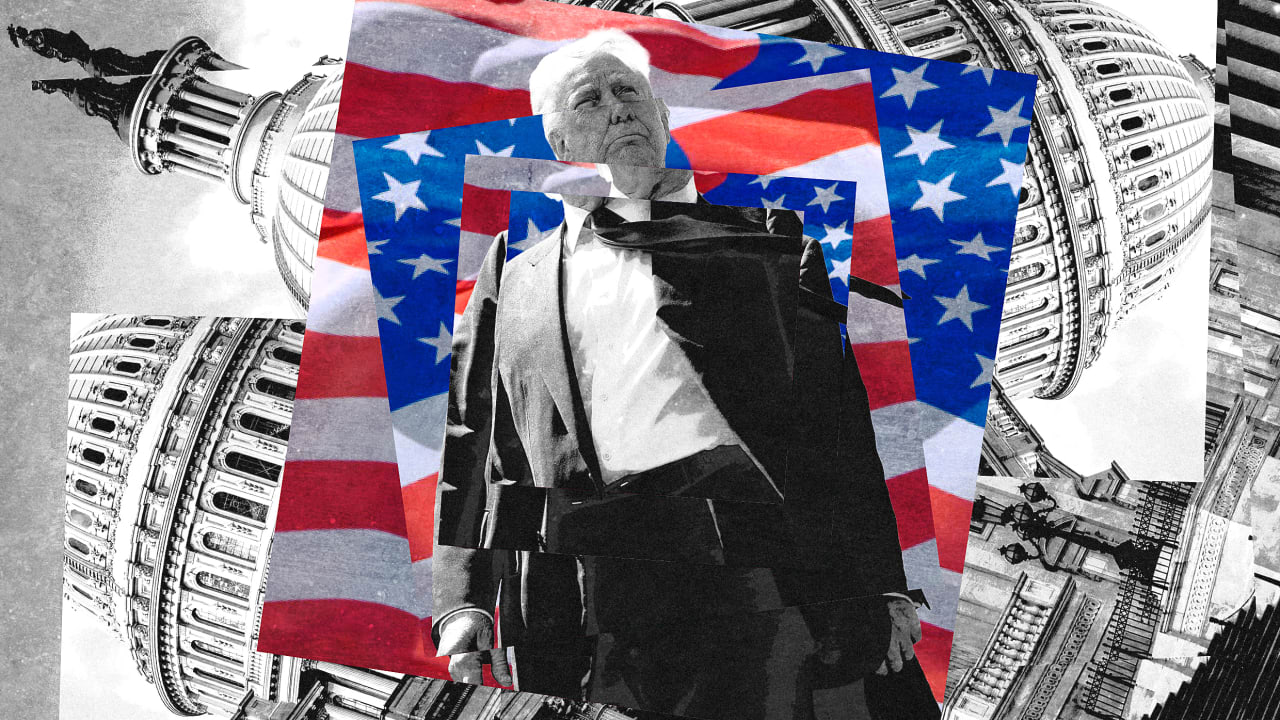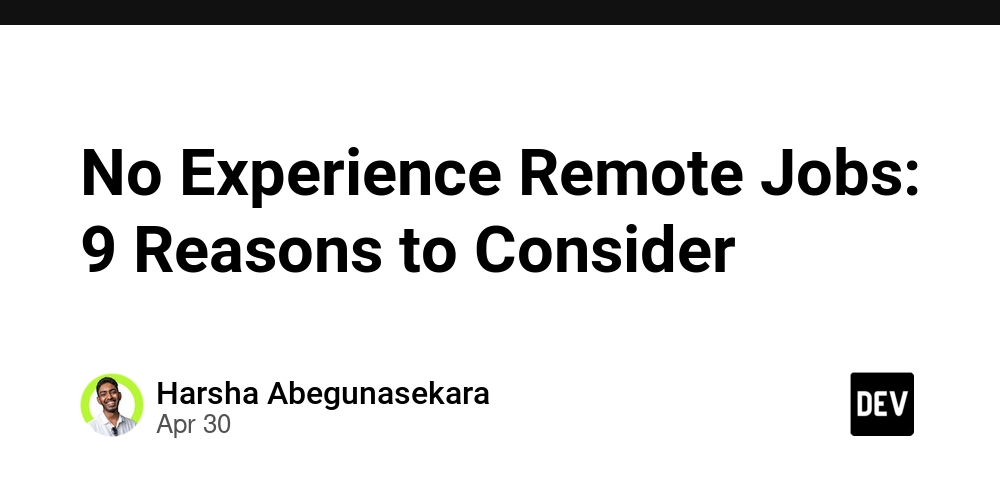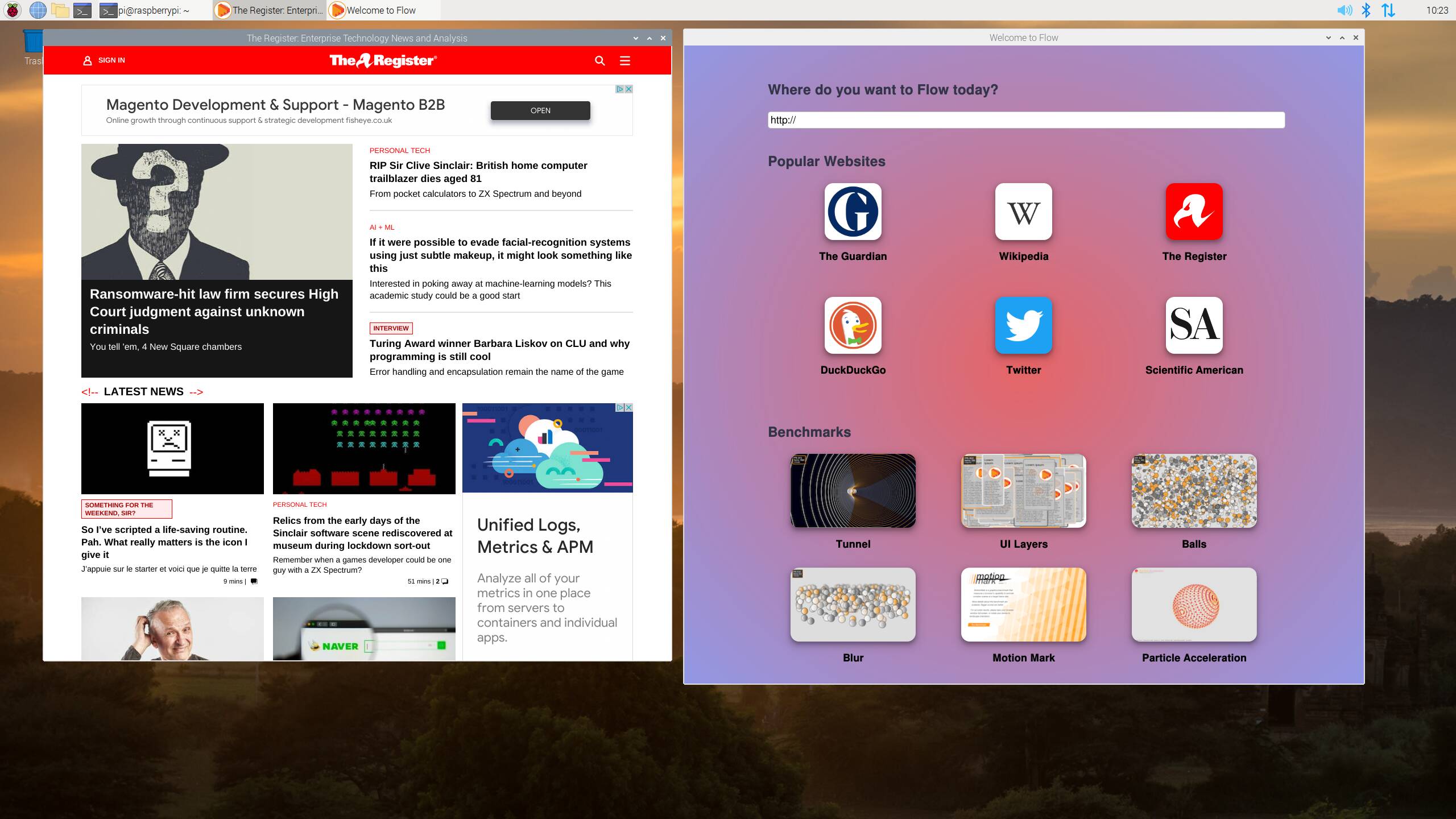Trump’s first 100 days were marked by chaos. That’s unlikely to change
President Donald Trump’s first 100 days of his second term in office have been marked by whipsawing tariff policies; declarations that handicap his own goals; confusion as federal workers are fired, rehired, and fired again; and government officials quitting. In other words: chaos. And the next 100 days will likely be full of chaos, too. Some of this is intentional, like the rapid clip of executive orders, DOGE’s assault on federal workers, and the spate of illegal deportations. This “flooding the zone” strategy was developed by Trump’s first-term adviser Steve Bannon, who has remarked on Trump’s ability to “overwhelm” Democrats and the media with an onslaught of actions. This bombardment of activity, much of which is unconstitutional, has made it difficult for lawmakers and courts to keep up with Trump. But when they’re able to, they’re often ruling against him, showing that Trump’s directives crumble under the law. In February, over one 90-minute span, three separate federal judges delivered legal setbacks to Trump—blocking the administration from freezing federal grants and loans, ordering the administration to pay foreign aid-related money it owed, and halting Trump’s executive order suspending refugee admissions and funding. In just the past week, judges—both liberal and conservative—ruled against Trump in 11 different lawsuits. And these are just some of the setbacks. Outside of the courts, when Trump gets pushback, he has backtracked on his comments or switched course. Trump threatened to fire Federal Reserve Chair Jerome Powell, but when that prompted a major stock sell-off, he told reporters he had “no intention” of doing so. After issuing 145% tariffs on China, spurring concerns about a recession, he told reporters that “145% is very high and it won’t be that high,” and that the tariffs will “come down substantially.” The Trump administration took aim at Harvard University, threatening to cut off federal funding and investigating them for permitting antisemitism. When the elite university stood up to him—saying no government should dictate what private universities can teach, who they can hire, or what topics they can pursue—the administration once again walked back their comments; it blamed a “mistake” for setting off that confrontation. There’s been disarray and turnover among government officials, too. Defense Secretary Pete Hegseth has been caught in multiple controversies for his use of Signal to discuss military attacks. Last week, Hegseth’s chief of staff left that role following “friction” between him and other senior advisers, and also after facing questions about how the Pentagon is being managed under Hegseth. Some longtime government workers have also resigned—including a Treasury Department official, a director at the Food and Drug Administration, and the acting Social Security Administration commissioner—in protest of the Trump administration’s actions, including those of DOGE. (More than 20 DOGE workers have also resigned.) Others have been forced out or fired by the administration, though some of those action were unlawful—including Trump’s termination of National Labor Relations Board member Gwynne Wilcox. Turnover was also a hallmark of Trump’s first term: By 2018, just 14 months into his first term, Trump had replaced four Cabinet members, outpacing any first-term president in the past 100 years. By 2019, he fired his third national security adviser, another record. He also ran through multiple communications directors, including Anthony Scaramucci, who lasted just 10 days. Per the Brookings Institution, the total first-term turnover of his “A-team” (including senior advisers) reached 92%. Trump’s actions have also seemed to run counter to his own purported goals. By clawing back renewable energy projects, he’s hurting his own aim of increasing American energy production. By stoking fears of a recession with his economic actions, he’s made it less profitable for oil companies to boost production, despite his “drill, baby, drill” goal. Trump is also frequently contradictory; in just one example, he released an Earth Day statement about reducing global emissions, while also advocating for the increased use of coal and hobbling climate action broadly. Trump’s “flood the zone” or “shock and awe” strategies are intended for maximum chaos, aimed outward to disarm and overwhelm his opposition. But other examples show a different kind of chaos, an internal disorder he perhaps can’t quite control. Already, Trump’s approval rating has fallen to 39%, down from 45% in February, and Americans feel worse about the economy now than they did a month ago. Almost half of poll respondents would give him a failing grade for his first 100 days. Though the Trump administration has largely followed the policies outlined by Project 2025, it has also been clear that Trump will waver on some things in the face of opposition. One former National Oceanic and Atmospheric Ad

President Donald Trump’s first 100 days of his second term in office have been marked by whipsawing tariff policies; declarations that handicap his own goals; confusion as federal workers are fired, rehired, and fired again; and government officials quitting. In other words: chaos. And the next 100 days will likely be full of chaos, too.
Some of this is intentional, like the rapid clip of executive orders, DOGE’s assault on federal workers, and the spate of illegal deportations. This “flooding the zone” strategy was developed by Trump’s first-term adviser Steve Bannon, who has remarked on Trump’s ability to “overwhelm” Democrats and the media with an onslaught of actions.
This bombardment of activity, much of which is unconstitutional, has made it difficult for lawmakers and courts to keep up with Trump. But when they’re able to, they’re often ruling against him, showing that Trump’s directives crumble under the law. In February, over one 90-minute span, three separate federal judges delivered legal setbacks to Trump—blocking the administration from freezing federal grants and loans, ordering the administration to pay foreign aid-related money it owed, and halting Trump’s executive order suspending refugee admissions and funding. In just the past week, judges—both liberal and conservative—ruled against Trump in 11 different lawsuits.
And these are just some of the setbacks. Outside of the courts, when Trump gets pushback, he has backtracked on his comments or switched course. Trump threatened to fire Federal Reserve Chair Jerome Powell, but when that prompted a major stock sell-off, he told reporters he had “no intention” of doing so. After issuing 145% tariffs on China, spurring concerns about a recession, he told reporters that “145% is very high and it won’t be that high,” and that the tariffs will “come down substantially.”
The Trump administration took aim at Harvard University, threatening to cut off federal funding and investigating them for permitting antisemitism. When the elite university stood up to him—saying no government should dictate what private universities can teach, who they can hire, or what topics they can pursue—the administration once again walked back their comments; it blamed a “mistake” for setting off that confrontation.
There’s been disarray and turnover among government officials, too. Defense Secretary Pete Hegseth has been caught in multiple controversies for his use of Signal to discuss military attacks. Last week, Hegseth’s chief of staff left that role following “friction” between him and other senior advisers, and also after facing questions about how the Pentagon is being managed under Hegseth.
Some longtime government workers have also resigned—including a Treasury Department official, a director at the Food and Drug Administration, and the acting Social Security Administration commissioner—in protest of the Trump administration’s actions, including those of DOGE. (More than 20 DOGE workers have also resigned.) Others have been forced out or fired by the administration, though some of those action were unlawful—including Trump’s termination of National Labor Relations Board member Gwynne Wilcox.
Turnover was also a hallmark of Trump’s first term: By 2018, just 14 months into his first term, Trump had replaced four Cabinet members, outpacing any first-term president in the past 100 years. By 2019, he fired his third national security adviser, another record. He also ran through multiple communications directors, including Anthony Scaramucci, who lasted just 10 days. Per the Brookings Institution, the total first-term turnover of his “A-team” (including senior advisers) reached 92%.
Trump’s actions have also seemed to run counter to his own purported goals. By clawing back renewable energy projects, he’s hurting his own aim of increasing American energy production. By stoking fears of a recession with his economic actions, he’s made it less profitable for oil companies to boost production, despite his “drill, baby, drill” goal. Trump is also frequently contradictory; in just one example, he released an Earth Day statement about reducing global emissions, while also advocating for the increased use of coal and hobbling climate action broadly.
Trump’s “flood the zone” or “shock and awe” strategies are intended for maximum chaos, aimed outward to disarm and overwhelm his opposition. But other examples show a different kind of chaos, an internal disorder he perhaps can’t quite control. Already, Trump’s approval rating has fallen to 39%, down from 45% in February, and Americans feel worse about the economy now than they did a month ago. Almost half of poll respondents would give him a failing grade for his first 100 days.
Though the Trump administration has largely followed the policies outlined by Project 2025, it has also been clear that Trump will waver on some things in the face of opposition. One former National Oceanic and Atmospheric Administration (NOAA) communications worker said in a recent press briefing that the administration will measure the uproar to canceled government contracts, and if there’s enough blowback, they’ll end up approving the funding. Trump’s relationships with wealthy advisers have also influenced his actions, like when he shilled for Tesla on the White House lawn.
All this makes it even harder to know what to expect in the next 100 days, or six months, or three years. “A lot of this is not really an agenda, and more sort of random impulses by individuals,” said Jesse Young, former chief of staff to climate envoy John Podesta, during that same press briefing. “He doesn’t really seem particularly well coordinated.”
Young pointed to how the State Department recently fired Pete Marocco, a Trump appointee who was in charge of dismantling USAID, as an example of this lack of coordination. That firing caused blowback against Secretary of State Marco Rubio, who had clashed with Marocco. Some say Rubio disliked Marocco’s “bulldozer” style, while Marocco allies say Rubio was obstructionist. Per Politico, Marocco’s firing was described by one White House official as “the first MAGA world killing from inside the White House.”
What that means for the future of the foreign aid isn’t clear, but it hints at how senior leaders under the Trump administration may find themselves fired or caught in scandal, or may resign because of internal conflicts. And that means more chaos going forward. “The agenda and the policy of the administration will shift a lot as they lose people,” Young says. “It’s just going to be enormously unpredictable.”





























![[Free Webinar] Guide to Securing Your Entire Identity Lifecycle Against AI-Powered Threats](https://blogger.googleusercontent.com/img/b/R29vZ2xl/AVvXsEjqbZf4bsDp6ei3fmQ8swm7GB5XoRrhZSFE7ZNhRLFO49KlmdgpIDCZWMSv7rydpEShIrNb9crnH5p6mFZbURzO5HC9I4RlzJazBBw5aHOTmI38sqiZIWPldRqut4bTgegipjOk5VgktVOwCKF_ncLeBX-pMTO_GMVMfbzZbf8eAj21V04y_NiOaSApGkM/s1600/webinar-play.jpg?#)









































































































































![[The AI Show Episode 145]: OpenAI Releases o3 and o4-mini, AI Is Causing “Quiet Layoffs,” Executive Order on Youth AI Education & GPT-4o’s Controversial Update](https://www.marketingaiinstitute.com/hubfs/ep%20145%20cover.png)


















































































































































































































































_XFkvNLu.png?width=1920&height=1920&fit=bounds&quality=70&format=jpg&auto=webp#)






















_Tanapong_Sungkaew_via_Alamy.jpg?width=1280&auto=webp&quality=80&disable=upscale#)















































































































![Apple Restructures Global Affairs and Apple Music Teams [Report]](https://www.iclarified.com/images/news/97162/97162/97162-640.jpg)
![New iPhone Factory Goes Live in India, Another Just Days Away [Report]](https://www.iclarified.com/images/news/97165/97165/97165-640.jpg)




































































































